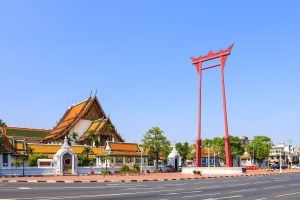Cambodia conflict sparks tourism collapse in Thai border provinces
Hotels empty, islands deserted, and historic attractions shuttered as tourists fear violence
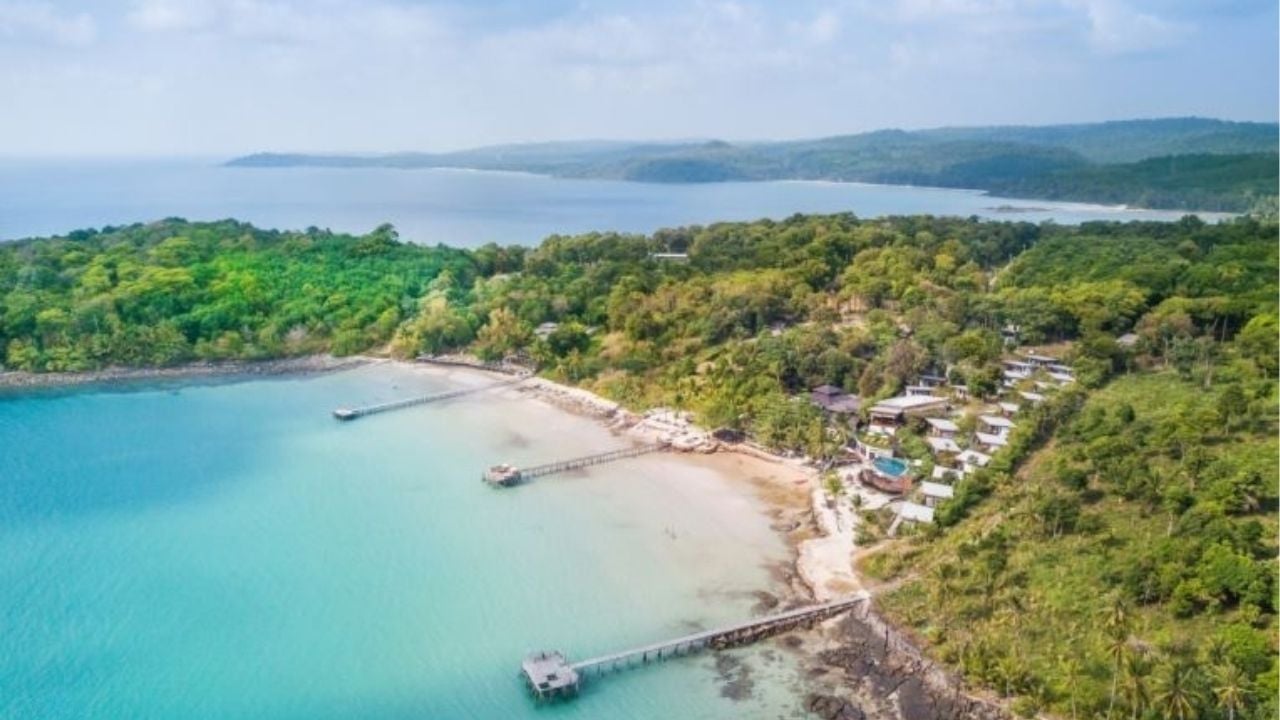
Thailand’s tourism hotspots are in crisis as growing border tensions with Cambodia drive tourists away in droves, leaving hotels empty and holiday islands deserted.
Tourism Authority of Thailand (TAT) Governor Thapanee Kiatphaiboon confirmed the devastating impact of ongoing hostilities, which have steadily escalated since early May. Travellers, fearing for their safety, have cancelled thousands of bookings, delivering a crippling blow to provinces dependent on tourist revenue.
Sa Kaeo province is among the worst-hit, with Thapanee reporting an alarming 100% cancellation rate for hotel bookings in the Aranyaprathet border district. Even the city areas saw bookings slashed by 80%.
Similar devastation struck Chanthaburi and Trat, with both provinces experiencing cancellations of between 80% and 100%. Trat’s normally bustling island resorts have become ghost towns, as cancellations hit 10-30% on Koh Chang, 20-30% on Koh Mak, and a catastrophic 50-60% on Koh Kut.
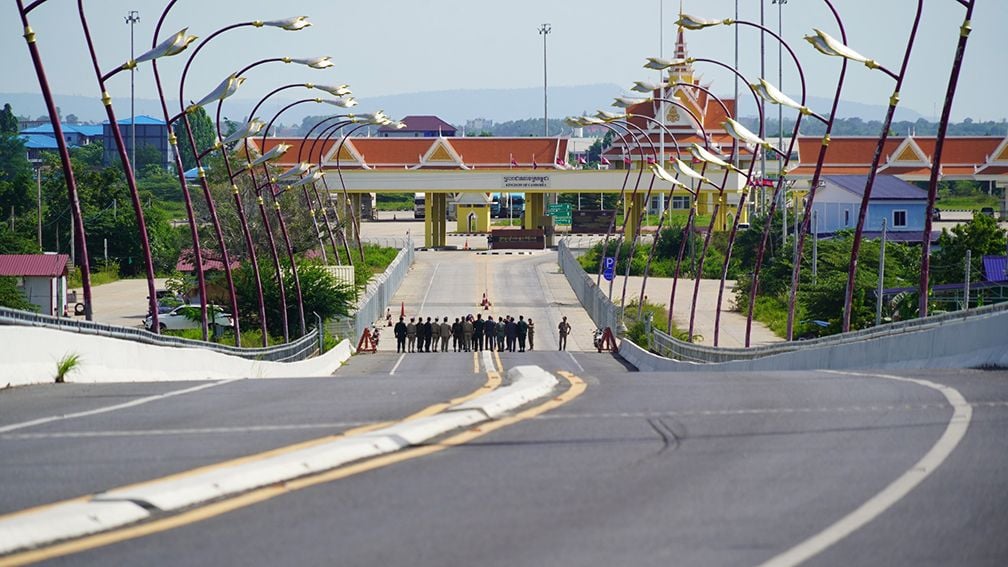
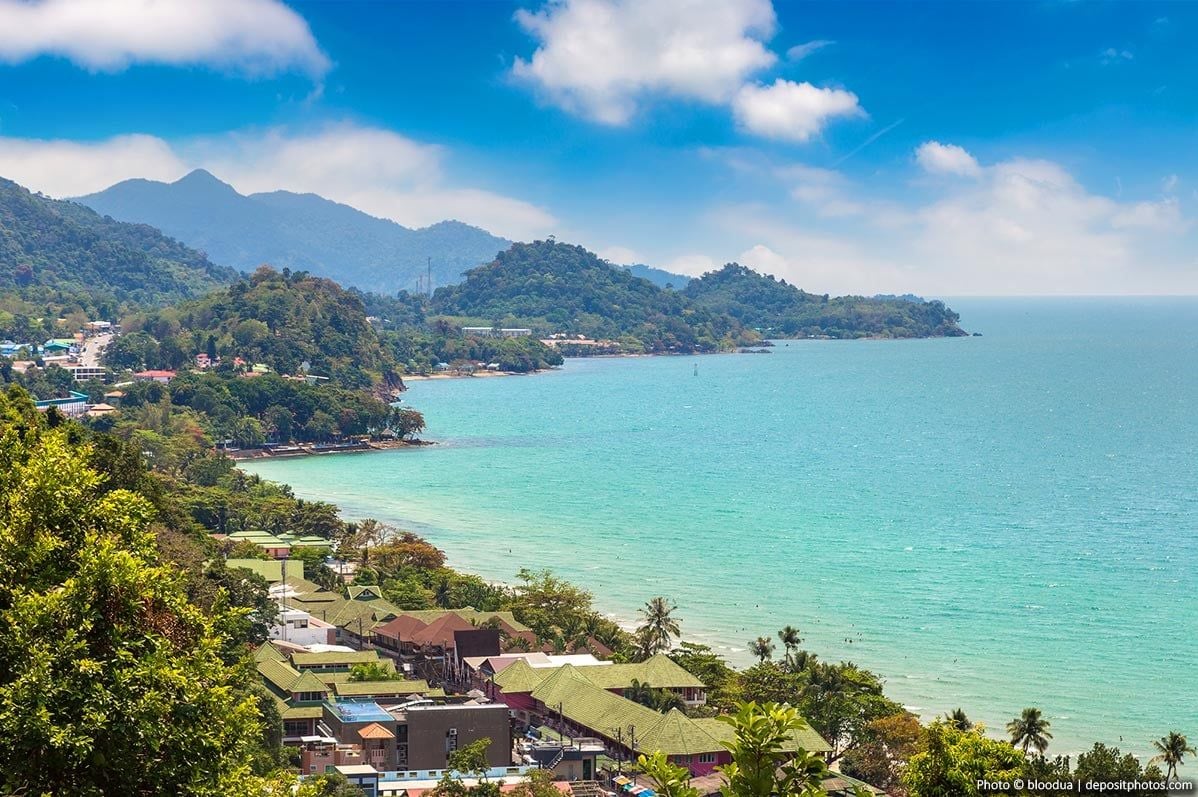
But it’s Thailand’s northeastern provinces that are bearing the brunt of the cancellations. Ubon Ratchathani, Sisaket, and Surin provinces have seen a 100% wipeout in group tours, while Buriram reported a staggering 70% drop in hotel occupancy. Famous attractions like Phanom Rung Historical Park have closed their gates entirely, and major events at Chang International Circuit are now indefinitely postponed.
The tourism crisis is now spreading beyond border regions. Thai Hotels Association President Thianprasit Chaiphatranant revealed that 24 member hotels spanning nine provinces have lost a combined 5,266 bookings since July 23.
Chiang Mai, a hugely popular northern destination, has suffered the most severe cancellations, with 2,089 room bookings lost. Bangkok has also been badly affected, losing 1,863 bookings, while Chon Buri reported 668 cancellations.
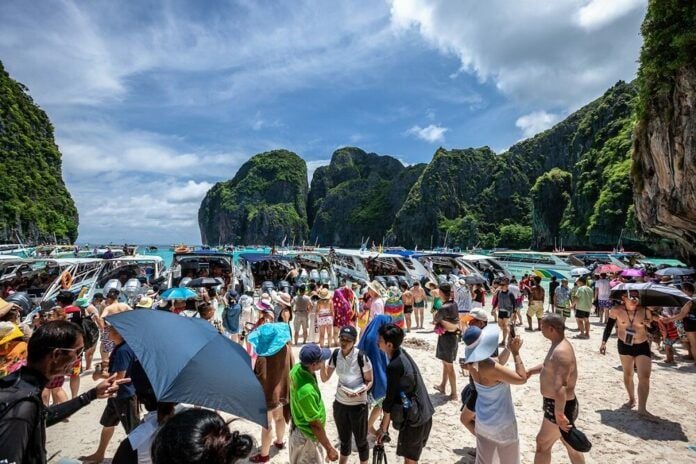
According to Thianprasit, cancellations are widespread across nationalities: Asian tourists represented 47% of lost bookings, Thais 35%, Europeans nearly 12%, and Middle Eastern visitors just under 6%.
“Border provinces have been hardest hit, but now we’re seeing a broader crisis. We desperately hope tensions ease quickly to limit the damage.”
In response, TAT regional offices have issued danger-zone advisories and opened tourist assistance centres. These centres provide special safety measures coordinated by multiple agencies, including local government and the Royal Thai Army, to reassure travellers still in the country, KhaoSod English reports.
As hotels remain empty and once-crowded islands struggle for visitors, Thailand’s tourism industry anxiously awaits a resolution to the escalating crisis.
Latest Thailand News
Follow The Thaiger on Google News:


